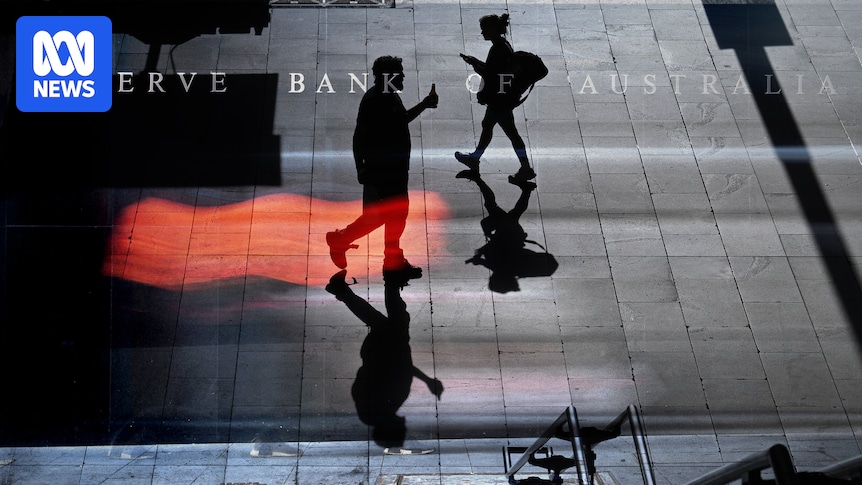
There is a big, fat elephant in the room. As the federal government insists on its commitment to combating inflation, the Reserve Bank of Australia (RBA) has aggressively increased interest rates to prevent inflation from spiraling out of control. Yet, this week, core inflation, which had been gradually declining over the past three years, reversed course and began to rise again. The primary culprit appears to be the escalating electricity costs, despite existing rebates.
The question on every Australian’s mind is: What will it take to stop the relentless rise in bills? The Commonwealth Bank of Australia (CBA) offers a potential answer. In a recent note, the CBA stated,
“We expect it would take a material move higher in the unemployment rate, together with more moderate inflation prints, to bring the RBA back to the cutting table.”
Unemployment and Inflation: A Delicate Balance
In 2023, just before Michele Bullock assumed the role of RBA governor, she suggested that the unemployment rate, then below 4%, might need to rise to around 4.5% to alleviate inflationary pressures. Today, the unemployment rate has reached that threshold, yet Governor Bullock describes the labor market as “a little tight,” indicating that unemployment may need to increase further for inflation to decline.
At a recent gathering of economists, Bullock downplayed the recent uptick in unemployment, attributing it to normal monthly volatility. However, the current unemployment rate of 4.5% may still be too low to achieve the RBA’s target core inflation rate of 2.5%, which sits at the midpoint of its 2-3% target band.
The Opaque Jobs Market
The trillion-dollar question for the economy is whether the unemployment rate will continue to rise. If it does, inflation should theoretically decrease. Annual job growth has slowed significantly from January’s 3% pace and now falls short of the RBA’s December 2025 forecast of 1.6%. Leading indicators suggest a gradual loosening of the labor market.
Recent data from ANZ Bank and employment website Indeed revealed a 0.3% decline in job ads in September from August, marking the steepest drop since February 2024. Job ads were also down 4.3% compared to the same month last year. ANZ economist Aaron Luk noted,
“Job ads have now declined for three consecutive months after holding broadly steady for over a year, suggesting labor market conditions are beginning to ease.”
Economists at the Commonwealth Bank predict the jobless rate will remain around 4.5%, but acknowledge the risk of an increase.
“However, the latest data has tilted the risks to the upside,”
they caution.
Wages and Business Pressures
Meanwhile, wage growth remains a concern for businesses. According to NAB’s latest quarterly business survey, companies are grappling with rising costs, largely due to increasing wages, which are squeezing profit margins. This pressure often leads businesses to pass on wage increases to consumers through higher prices.
Rising unemployment tends to exert downward pressure on wage growth, as workers lose bargaining power for pay raises above inflation. AMP deputy chief economist Diana Mousina observes that many countries face similar challenges with high core inflation, particularly in the services sector, which is labor-intensive.
Economic Stretch and Demand-Supply Dynamics
But is this the full picture? Economists argue that total demand in the economy remains too robust for the available supply. Imagine demand as water in a tank and supply as the tank itself. Currently, the water is overflowing. If businesses could expand and improve productivity, the economy’s capacity would grow, aligning demand with supply. However, the RBA believes aggregate demand still surpasses aggregate supply, leaving rising unemployment as a potential solution to curb demand.
Alternative Perspectives and Solutions
Not everyone agrees with this approach. Sydney University professor John Buchanan argues that other stakeholders should bear the costs necessary to sustainably lower inflation. He contends that Australian corporations wield excessive power, maintaining elevated prices.
“Employers and businesses are exploiting this power,”
he asserts, drawing a historical parallel to the Second World War when price controls were implemented.
Professor Buchanan urges the RBA to explore alternative options, such as price controls on “sticky” inflation basket items. While some market economists might view this as extreme, it could prove effective, albeit with potential costs.
Ultimately, inflation will not decline unless someone bears the cost. Until a party—whether redundant workers, big businesses, the RBA, or the government—takes responsibility, interest rates are unlikely to decrease. In fact, the RBA’s next move, whether next year or the year after, might be an increase.







